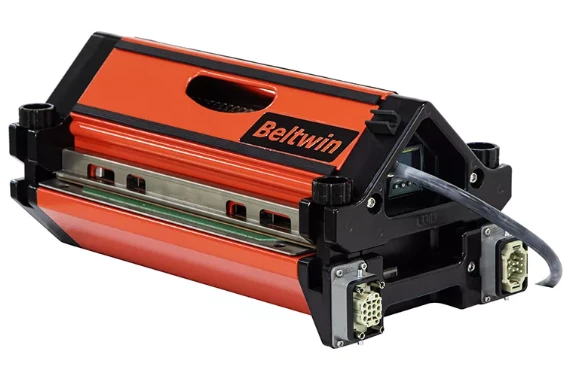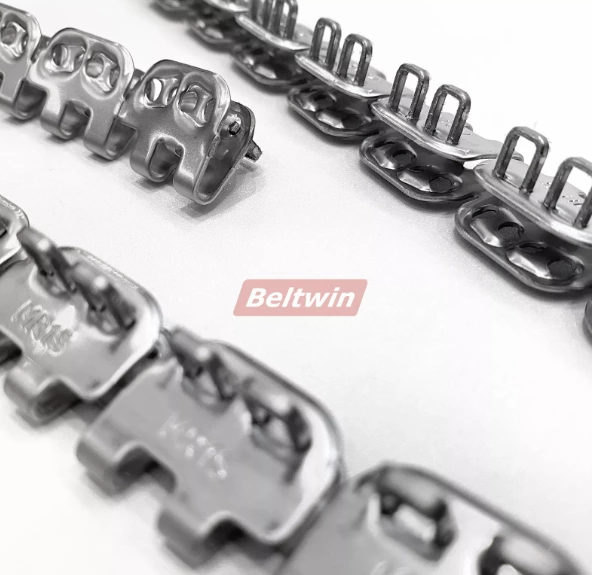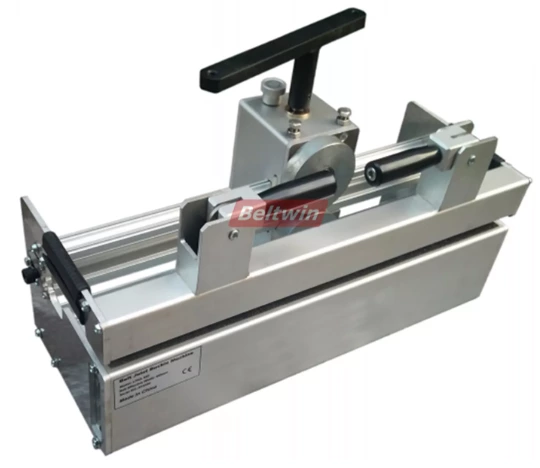Mechanical Fasteners VS. Vulcanized Belt: Key Decision Factors
The debate between mechanical belt fasteners and vulcanized splicing for conveyor belts remains unresolved in the conveyor belt industry. Both methods have advantages, but their suitability depends on factors like belt type, application demands, environmental conditions, operational goals, and budget. Here’s a streamlined analysis to guide your decision.
Challenges of Vulcanized Splicing
1. Technical Complexity
Vulcanization requires specialized knowledge and equipment. Many sites lack in-house expertise, forcing reliance on third-party contractors. While professional teams ensure quality, scheduling delays and high costs (e.g., prolonged downtime) often outweigh benefits.
2. High Costs & Downtime
Vulcanization demands significant investment—both upfront and in lost productivity. A single splice can take 24+ hours, disrupting operations. Mechanical fasteners, by contrast, enable onsite repairs in minutes, reducing downtime costs by up to 90%.
Advantages of Mechanical Belt Fasteners
Ease of Use
Tools like Beltwin’s fastener systems simplify installation, requiring minimal training. Even non-experts achieve reliable connections, minimizing errors.
Versatility
Designed for diverse industries—including logistics, food processing (non-perishable), recycling, and textiles—mechanical fasteners adapt to various belt materials (PVC, steel cord, etc.).
When to Avoid Mechanical Fasteners
While robust, mechanical fasteners aren’t universal:
-
Prohibited Uses: Raw food production (metal components risk contamination).
-
Harsh Environments: Extreme temperatures or corrosive settings may degrade plastic components.
Final Recommendations
Choose Vulcanization If:
- You prioritize a seamless, permanent bond for high-stakes applications (e.g., aerospace).
- Budget and downtime aren’t critical constraints.
Choose Mechanical Fasteners If:
- Quick repairs and cost savings are priorities.
- Your operation involves frequent belt changes or temporary fixes.
 Русский
Русский Deutsch
Deutsch Français
Français Español
Español Português
Português

